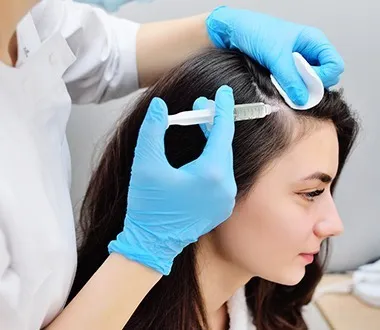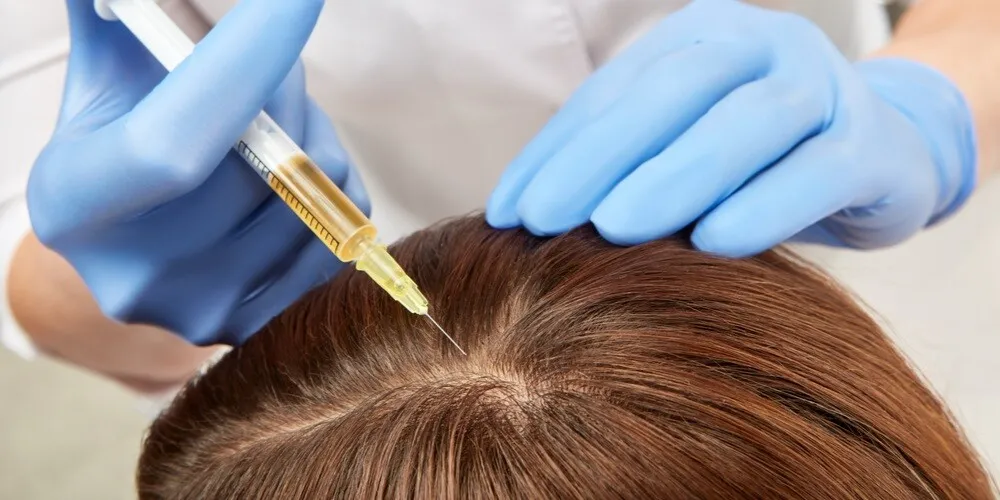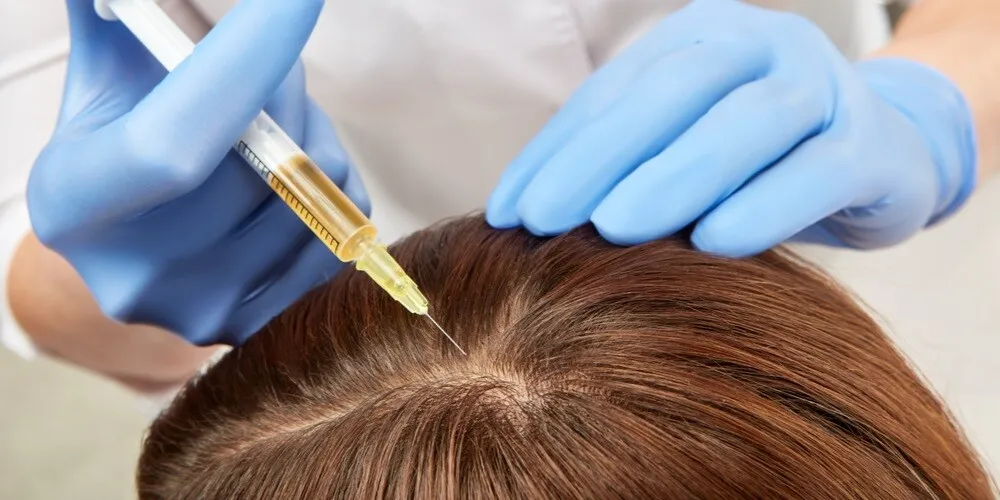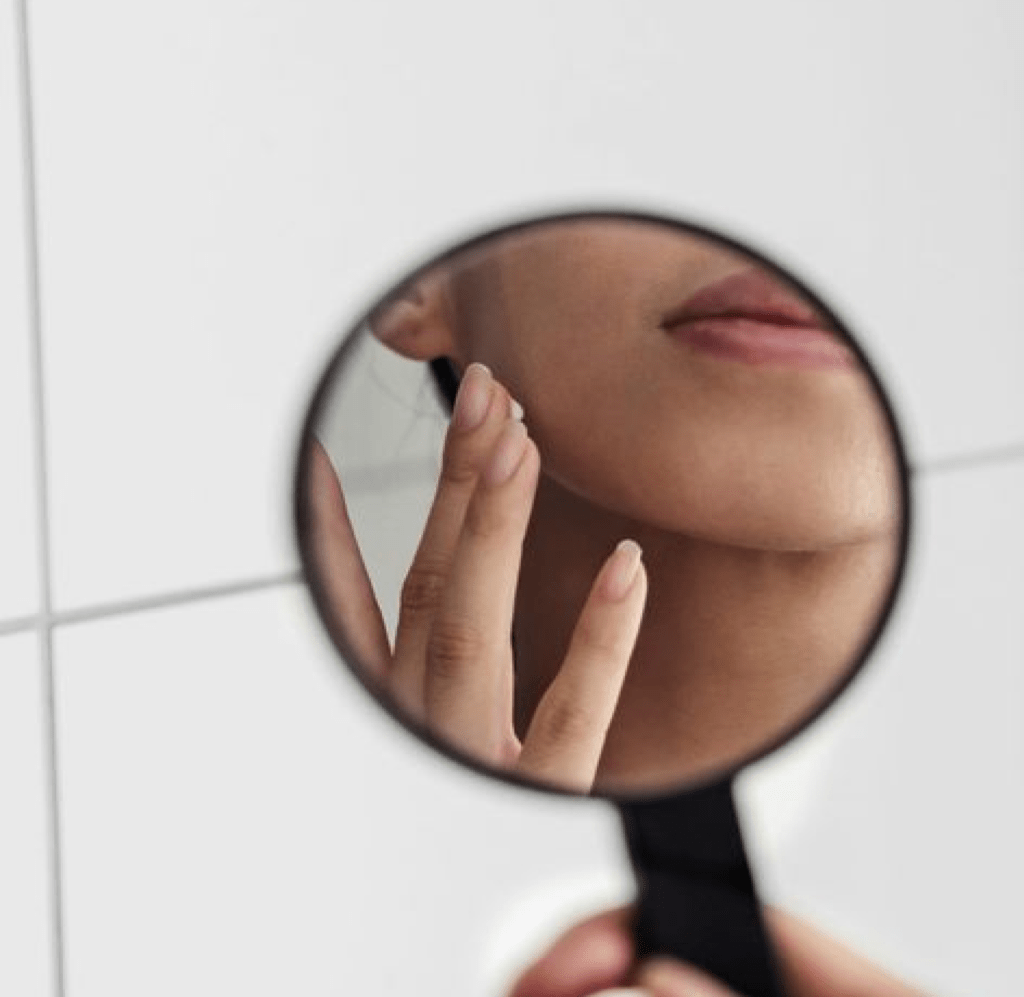The number of Botox sessions required can vary depending on several factors:
1. Area of Treatment: The extent of treatment required depends on which areas of your face you want to target. Common areas include forehead lines, crow’s feet, and frown lines between the eyebrows.
2. Severity of Wrinkles: Deep-set wrinkles may require more sessions compared to fine lines.
3. Metabolism: Some people metabolize Botox more quickly than others, affecting the duration of its effects.
4. Maintenance: Botox is not permanent. Its effects typically last around 3 to 6 months. Therefore, ongoing treatments are often necessary to maintain results.
The Botox Procedure
The Botox procedure itself is relatively quick and straightforward:
1. Consultation: Your first step is to consult with a qualified practitioner. Discuss your goals and expectations, and your provider will determine the best treatment plan.
2. Preparation: There’s minimal preparation required. Avoid blood-thinning medications like aspirin before the procedure to reduce the risk of bruising.
3. The Injection: During the procedure, your provider will use a fine needle to inject Botox into specific muscles. This process usually takes just a few minutes.
4. Recovery: You can resume your daily activities immediately after the procedure. Some minor swelling or bruising may occur but typically resolves within a few days.
5. Results: The effects of Botox become noticeable within a few days to a week after treatment. You’ll enjoy a smoother, wrinkle-free appearance.
Potential Side Effects and Risks
While Botox is generally safe, like any medical procedure, it carries some risks and potential side effects:
1. Bruising and Swelling: Minor bruising and swelling at the injection site are common but temporary.
2. Headache: Some individuals may experience a mild headache after the procedure.
3. Ptosis: In rare cases, Botox can cause eyelid drooping, which usually resolves within weeks.
4. Allergic Reactions: Although extremely rare, allergic reactions to Botox can occur. If you experience symptoms such as difficulty breathing or swelling, seek medical attention immediately.
5. Unintended Results: Poorly administered Botox can lead to unnatural or asymmetrical results. Choose a qualified and experienced practitioner to minimize this risk.
Botox has become a popular cosmetic procedure for those seeking a more youthful appearance without invasive surgery. When administered by a qualified healthcare provider, it can offer effective wrinkle reduction with minimal risks.
